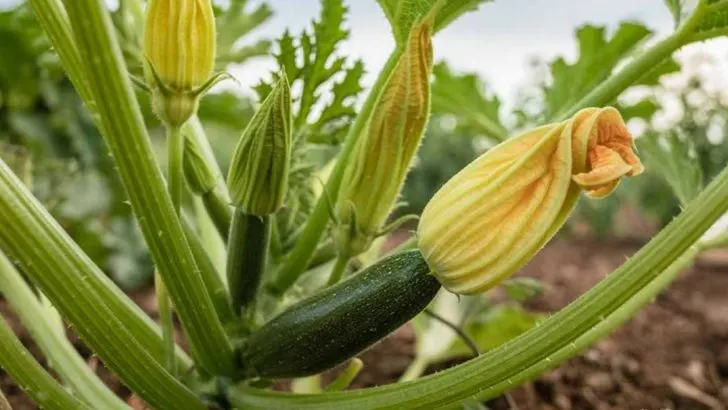If your zucchini plant is all leaves and no fruit, something’s gone terribly wrong. It’s not lazy—it’s misunderstood. Big, beautiful foliage. Plenty of flowers. But where’s the actual zucchini? You didn’t sign up for a leafy green drama with no payoff. Turns out, zucchini has needs. Very specific, very non-negotiable needs. Bad pollination? Blame the bees you didn’t invite. Too much nitrogen? You fed it like a diva and got a diva. Watering from above? Congrats, now you’ve got fungus instead of food. It doesn’t stop there. Planting too close. Skipping the mulch. Ignoring male vs. female flowers. Each little slip costs you a harvest. The good news? Every one of these mistakes has a fix. And once you get it right, zucchini goes from zero to overflowing basket real fast. Let’s sort it out—before the season slips away.
Incorrect Pollination
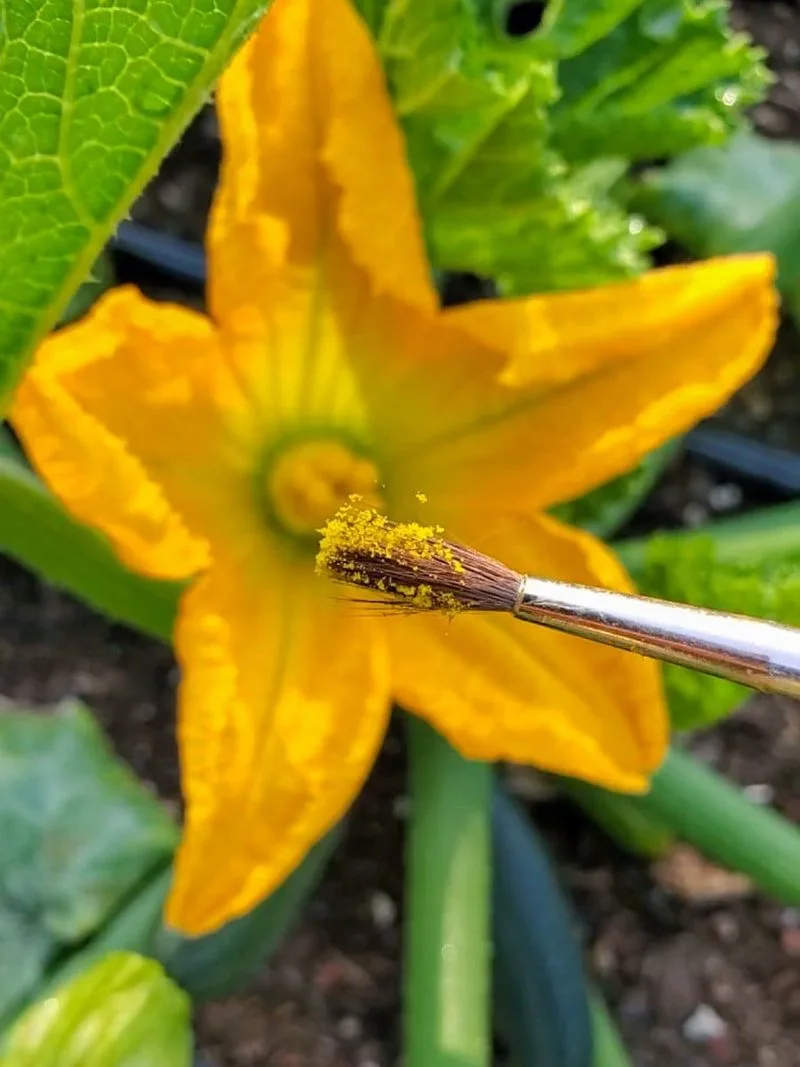
Pollination is critical for zucchini production. Without proper pollination, you might end up with plenty of flowers but no fruit. Zucchini plants have male and female flowers, and both are needed for fruiting. Sometimes, natural pollinators like bees are insufficient, especially in urban gardens. In such cases, you can manually transfer pollen from male to female flowers using a small brush.
This hands-on approach can significantly boost your zucchini yield. Remember, early morning is the best time for this task, as the flowers are fully open and receptive. This simple step could transform your gardening success.
Insufficient Watering

Zucchini plants are thirsty and require consistent watering to thrive. Neglecting their hydration needs can lead to wilting and poor fruit development. Water deeply at least once a week, especially during dry spells. The soil should be moist but not waterlogged.
Mulching around the base can help retain moisture, making your watering efforts more effective. Keep in mind that overwatering can be as detrimental as under-watering, leading to root rot. Striking the right balance is essential for healthy, productive plants.
Lack of Nutrients
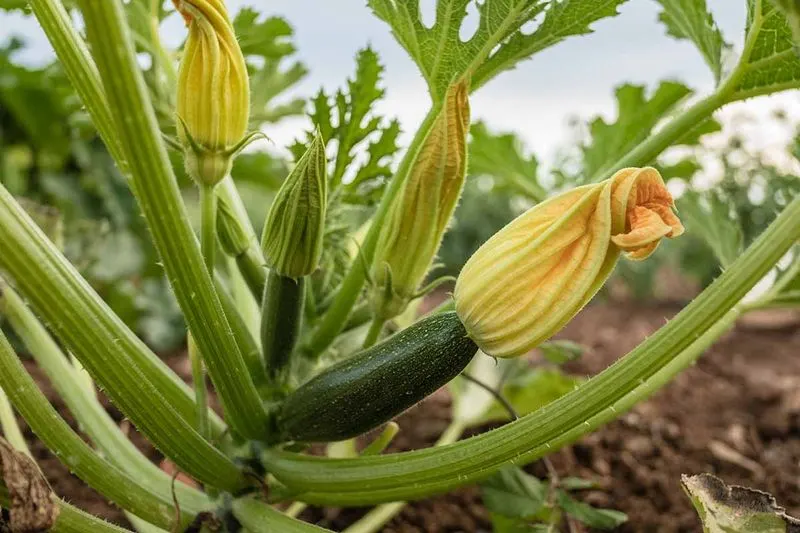
Nutrients play a vital role in zucchini growth and fertility. If your plants aren’t producing, they might be lacking essential nutrients like nitrogen, phosphorus, or potassium. Regularly feeding your plants with a balanced fertilizer can promote healthy growth and bountiful fruiting.
Organic options like compost or well-rotted manure are excellent choices. Apply fertilizer every few weeks during the growing season to keep your zucchini thriving. Healthy plants are more productive and better equipped to resist pests and diseases.
Overcrowded Plants
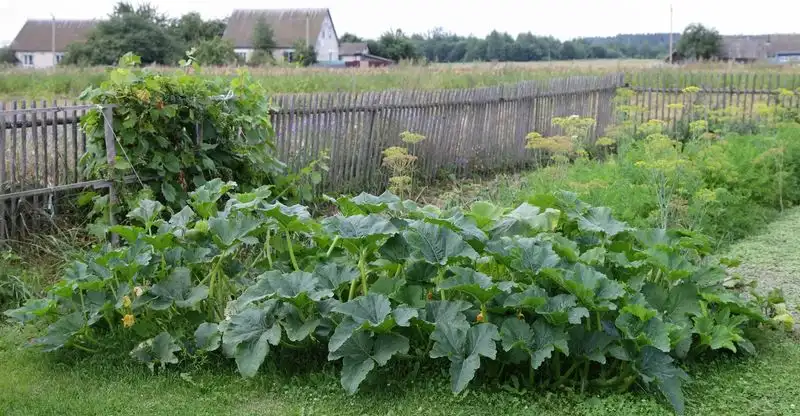
Zucchini needs space to grow. Overcrowded plants compete for sunlight, water, and nutrients, leading to poor fruiting. Ensure proper spacing between plants, typically about 3 feet apart, to allow for adequate airflow and light penetration.
Pruning can also help manage plant size and boost fruit production. By removing some leaves, you can improve airflow and reduce the risk of diseases. A well-spaced garden encourages healthier plants and a more abundant harvest.
Incorrect Soil pH
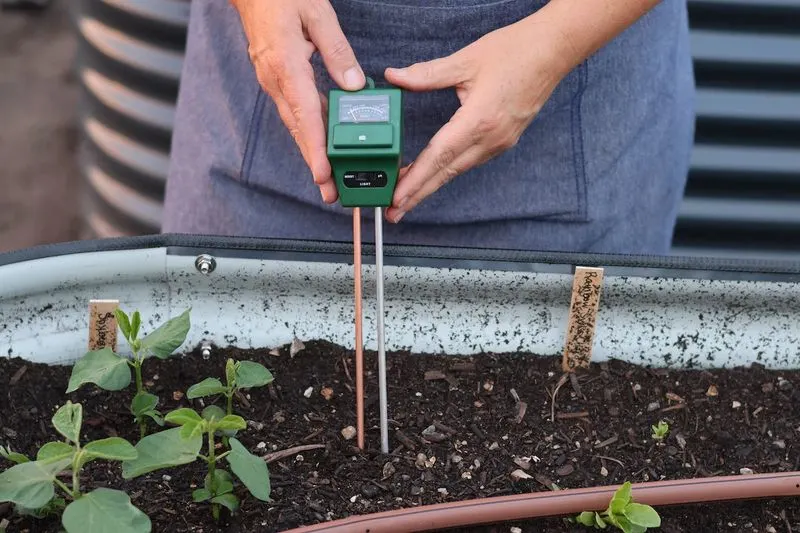
Soil pH affects nutrient availability and plant health. Zucchini prefers slightly acidic to neutral soil, with a pH between 6.0 and 7.5. If the soil is too acidic or alkaline, nutrients become less available, affecting growth and fruiting.
Testing your soil with a pH kit can guide necessary adjustments. Lime can raise pH, while sulfur can lower it. Maintaining the right pH level ensures your zucchini plants can absorb the nutrients they need, leading to a more fruitful season.
Improper Pruning
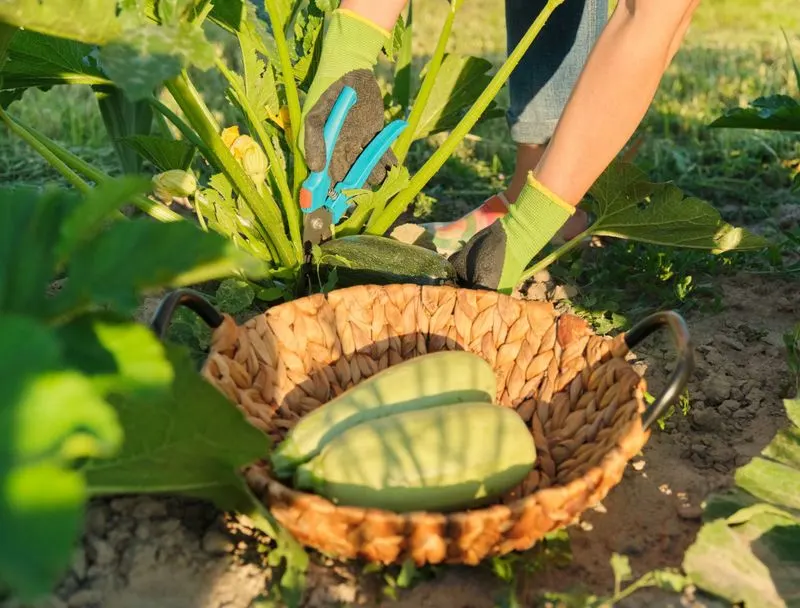
Pruning may seem counterintuitive, but it can boost zucchini production. Removing older, yellowing leaves allows more sunlight to reach the healthy parts of the plant. It also improves air circulation, reducing the risk of fungal diseases.
Prune judiciously to avoid removing too many leaves, which can stress the plant. Focus on diseased or damaged leaves and any that block light to developing fruits. Proper pruning supports a healthier, more productive zucchini plant.
Pest Infestation
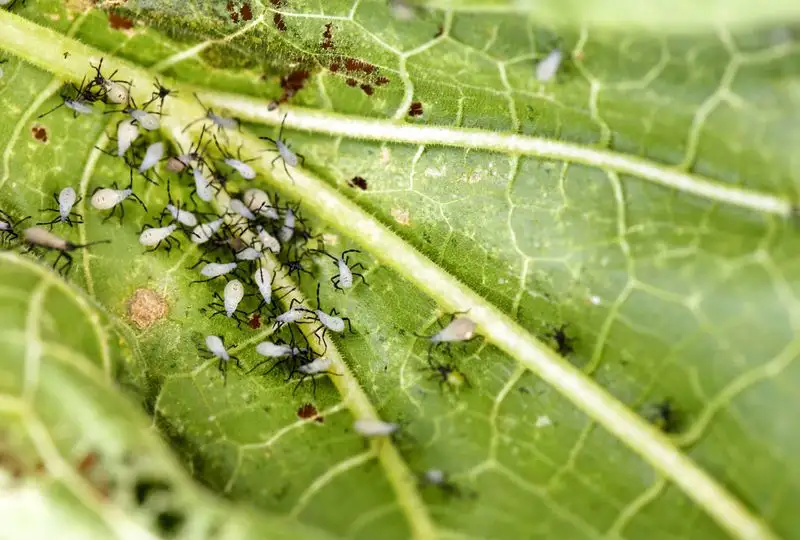
Pests can wreak havoc on zucchini plants. Common culprits include squash bugs, cucumber beetles, and aphids. These pests feed on leaves and stems, weakening the plant and impeding fruit development.
Regular inspection can help catch infestations early. Removing bugs by hand or using insecticidal soap can keep them under control. Introducing beneficial insects like ladybugs can also help manage pest populations naturally, preserving the health of your zucchini plants.
Disease Problems

Diseases like powdery mildew and bacterial wilt can severely impact zucchini production. These diseases often thrive in humid conditions and can spread rapidly if not managed.
Practicing good garden hygiene, such as removing diseased plants and rotating crops, can help prevent outbreaks. Fungicides and disease-resistant varieties are also effective tools in managing plant health. Staying vigilant and addressing diseases promptly ensures your zucchini remain healthy and fruitful.
Poor Sunlight Exposure
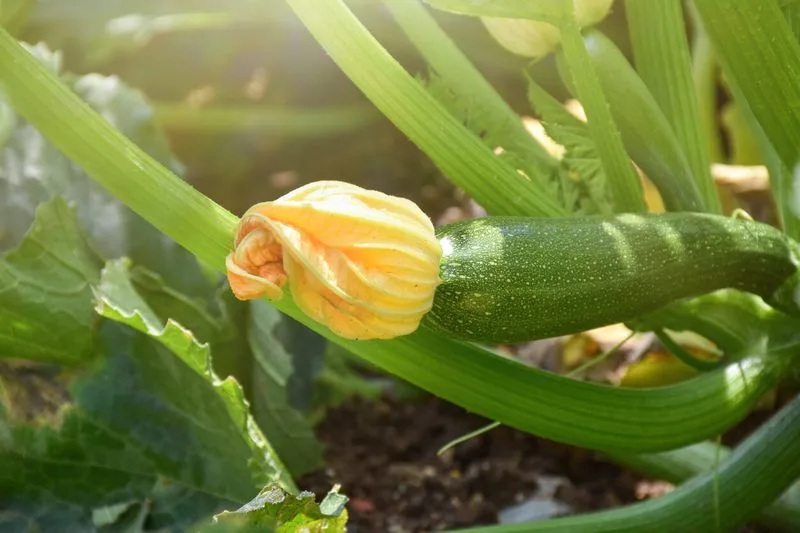
Sunlight is crucial for zucchini growth. Insufficient light can lead to weak plants and poor fruit development. Ensure your garden is positioned to receive at least 6 to 8 hours of sunlight daily.
If shadows are an issue, consider repositioning your plants or trimming overhanging branches from nearby trees. By maximizing sunlight exposure, you provide your zucchini with the energy they need to grow robustly and fruit abundantly.
Unfavorable Temperature
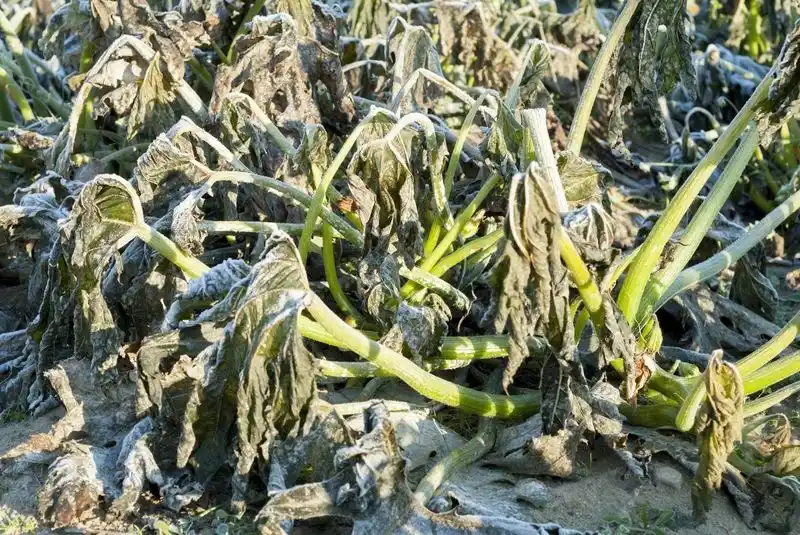
Temperature plays a critical role in zucchini growth. These plants thrive in warm weather and can suffer in temperatures below 60°F or above 95°F.
During cold snaps, covering plants with garden fabric can protect them from frost. In extreme heat, providing shade can prevent stress. Understanding and adapting to your local climate is key to a successful zucchini yield.
Ignoring Companion Planting
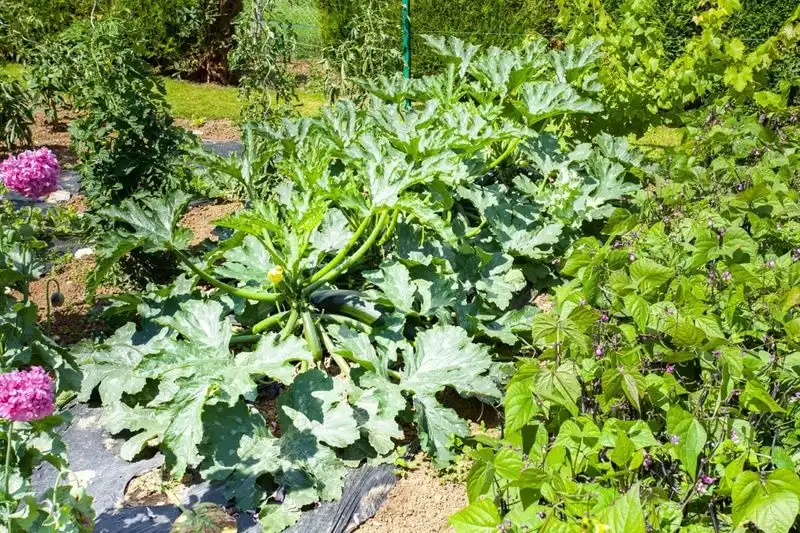
Companion planting enhances garden health and productivity. Zucchini benefits from being planted alongside companions like marigolds or nasturtiums, which can deter pests and attract pollinators.
These companion plants can create a balanced ecosystem, reducing the need for chemical interventions. Experimenting with different combinations can yield surprising benefits, promoting a thriving garden and abundant zucchini harvest.

